
TAGTIK NEWS - TO THE POINT
Born on October 16: Nico, Femme Fatale and muse of the Velvet Underground
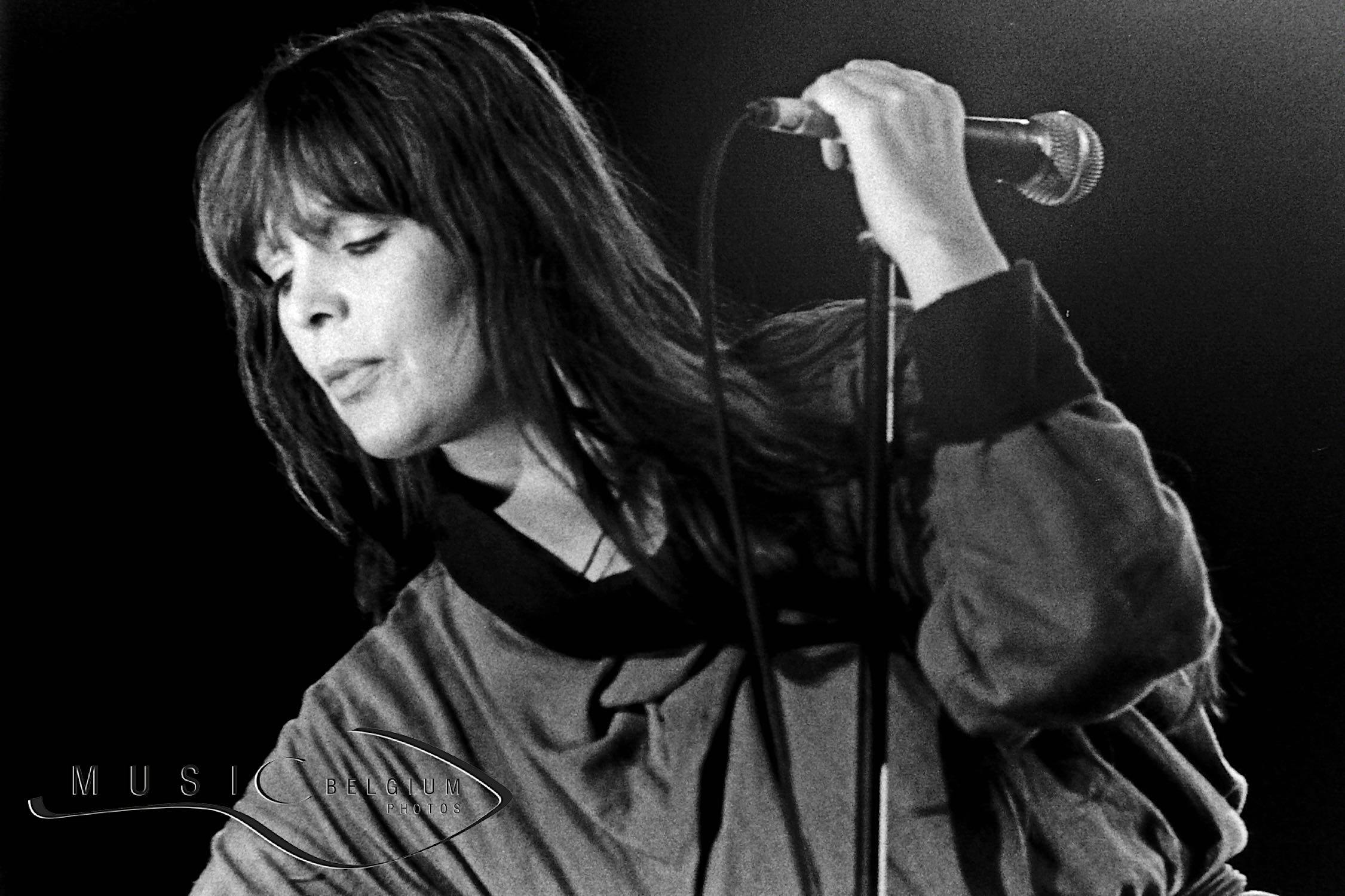
What a journey! Christa Päffgen was born in 1938 in Cologne (Germany) before becoming a model, actress and then being dubbed by Andy Warhol.
Her father died in the ranks of the Wehrmacht, the German army, in 1942, and her mother, a simple seamstress in the KaDeWe department store in Berlin, offered her little more than a simple saleswoman. This was without counting on Christa's fierce determination to carve out a place for herself. Her legendary translucent beauty quickly opened the doors to modeling at the age of 15, in 1953.
It was, of course, in Paris, already the fashion capital, that she settled to approach fashion houses. On the advice of one of the photographers she posed for, she opted for a more memorable name than Päffgen. This is how Nico, borrowing from a former filmmaker lover, saw the light of day for the stage and eternity. Even though she began to accumulate appearances in the pages of "Jardin des Modes," "Vogue," and "Elle," and even though she was dating Coco Chanel (a form of consecration in itself), Nico harboured other ambitions on the big screen. She appeared in a few commercials, landed a supporting role with director Alberto Lattuada, and finally played her own life in Federico Fellini's "La Dolce Vita" (1959): a jet-setting ex-model turned singer.
In New York, where she spent half of her time, Nico refined her acting training (in the same class as Marilyn Monroe, please).
As is often the case with Nico, her tumultuous private life had an influence on her career. Despite his denials, she always claimed that Alain Delon was the father of her first son, Aaron. No less than Jimmy Page (Led Zeppelin) and Brian Jones were the fathers of "I'm Not Sayin'," her first English-language single. She then had a relationship for a few months with the Rolling Stones guitarist. In 1966, also under her spell, Bob Dylan wrote "I'll Keep It With Mine" for her.
This is how, one thing led to another, she no doubt fell with a certain relish into Andy Warhol's clutches. He cast her in experimental films before literally imposing her on John Cale and Lou Reed, who were preparing to record the Velvet Underground's iconic debut album in March 1967. The one with the Warhol-designed quiff and a host of tracks that belong to rock history: "Waiting For My Man," "Sunday Morning," "Venus In Fur," "All Tomorrow's Parties," "I'll Be Your Mirror," and, of course, "Femme Fatale." Nico only stayed with them for a short year, but left an indelible mark. She closed 1967 with her first solo album, "Chelsea Girl."
I saw her for the first time fifteen years after this episode at the Futurama Festival (Great Britain) in September 1982. Even if her presence was a little incongruous, surrounded by her status as the Velvet Underground's priestess, she rubbed shoulders with the young talents of new wave, accompanied only by her harmonium.
Nico died on July 18, 1988, in Ibiza following a bicycle fall and a suspected cerebral hemorrhage. She was only 49 years old.
(MH with Stéphane Soupart - Photo : Etienne Tordoir)
Photo: Nico on stage at the Futurama Festival at the Dessine Leisure Centre (Great Britain) in September 1982
LATEST NEWS

Jafar Panahi Wins New York Award and is Sentenced to Prison by Iran
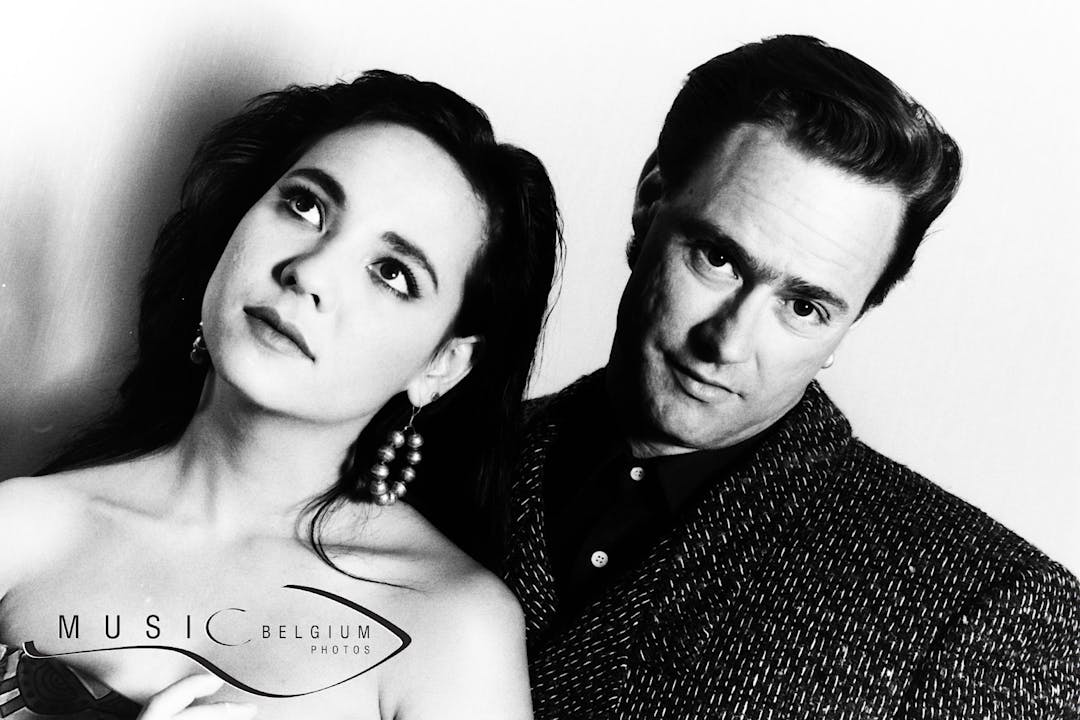
Born on December 2: Peter Kingsbery, founder of Cock Robin with firebrand Ana LaCazio
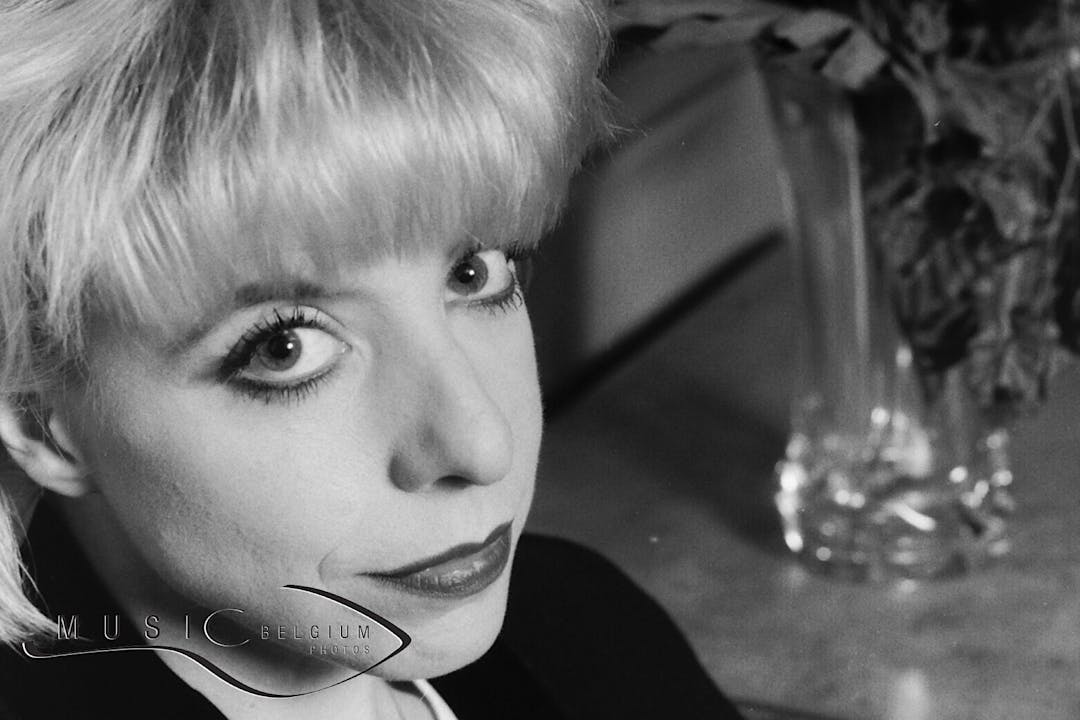
Born on December 1: Julee Cruise, "Twin Peaks'" haunting voice
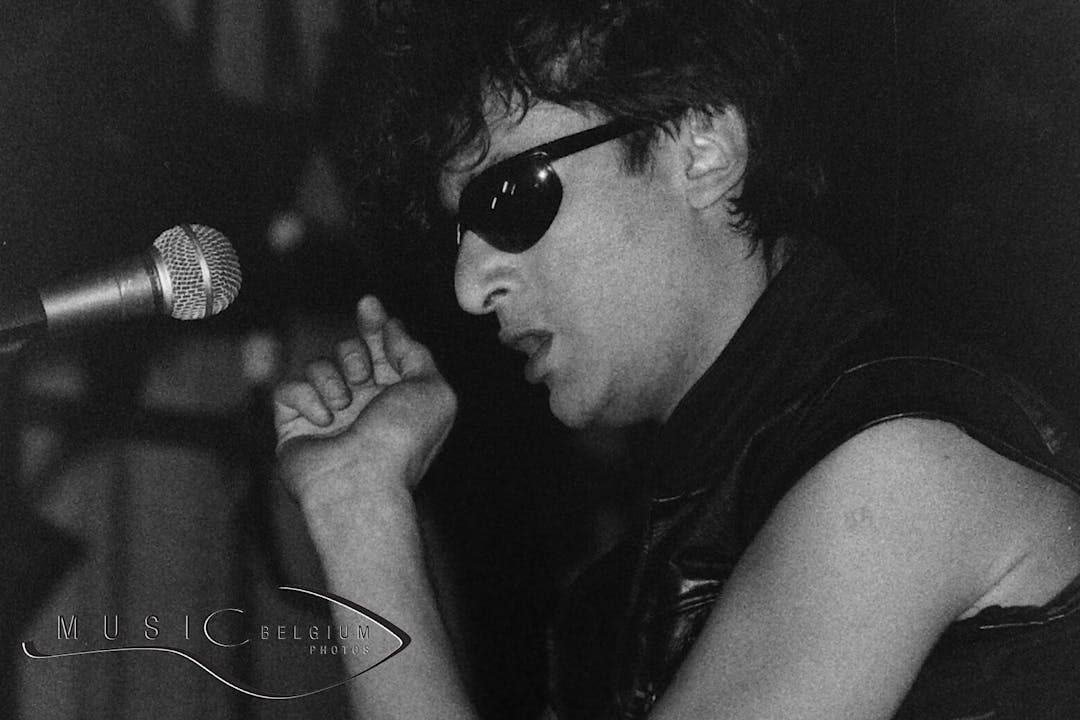
Born on December 1st: Alain Bashung, French rock poet who waited a long time for success
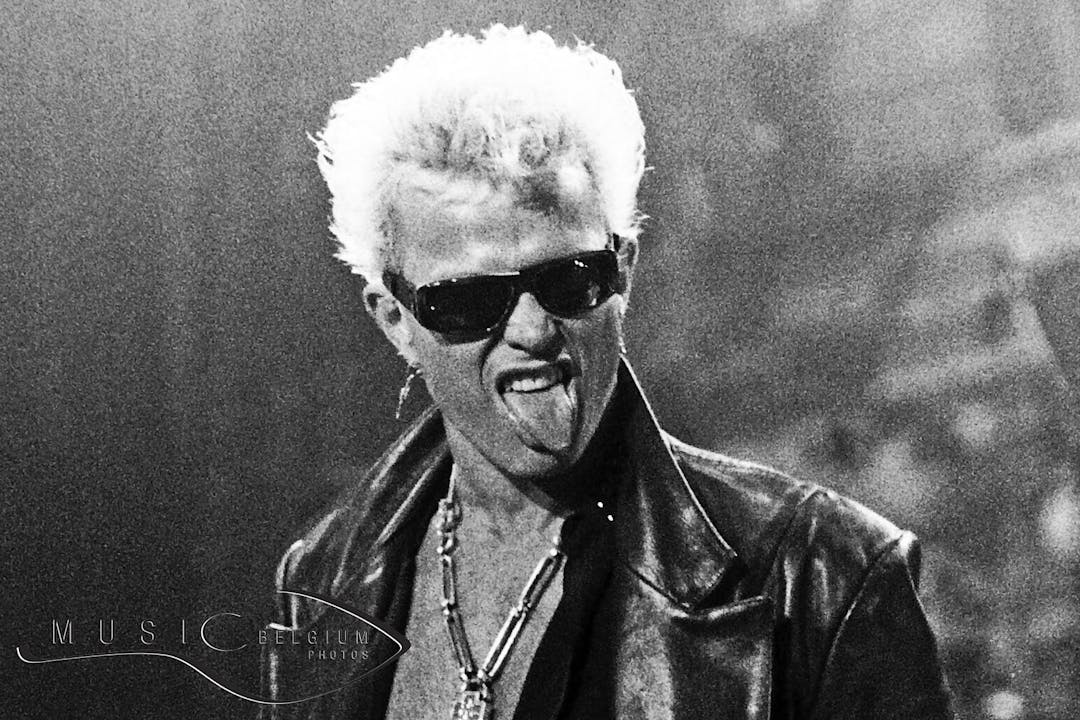
Born on November 30: Billy Idol, the (kind) rebel of Generation X
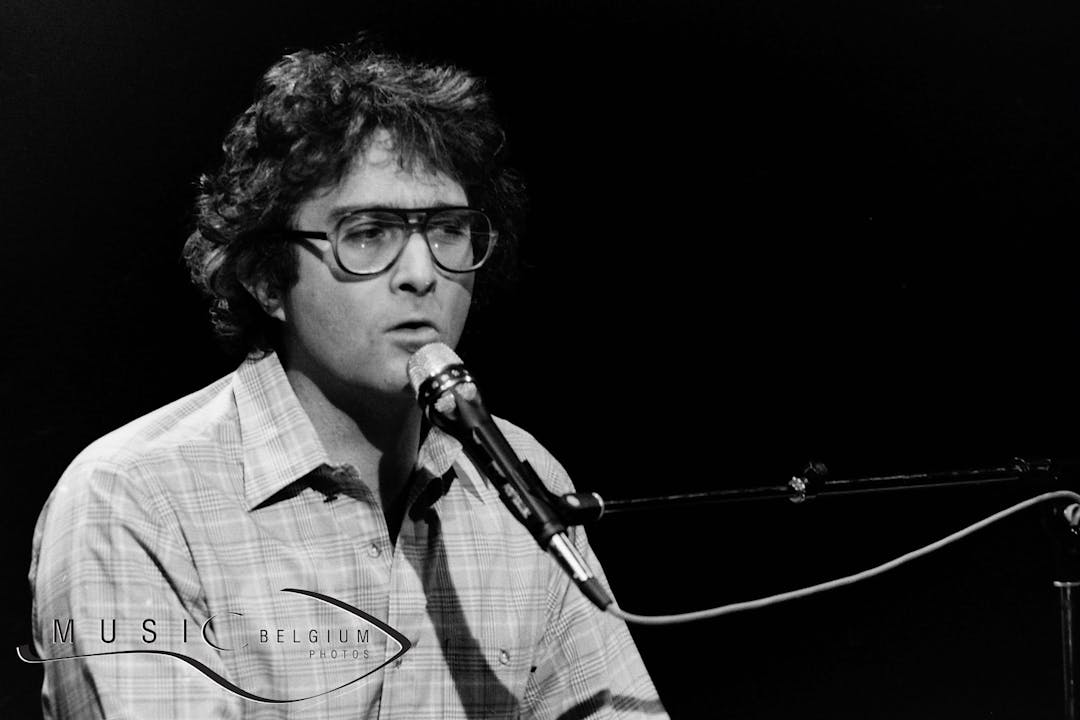
Born on November 28: Randy Newman tells stories and makes movies
Quick links